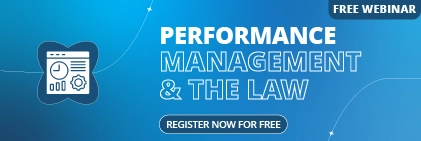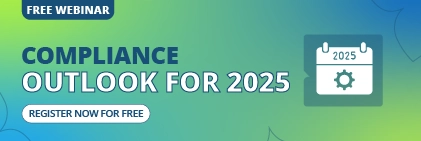One of the most effective tools for remote working is video conferencing. Video calls bring remote teams closer and provide a more humane experience. While employees are stationed remotely at different geographical locations, they aid organisations with team meetings and discussions in a way that is more closely aligned to face-to-face interaction.
We at Sentrient have created a library of courses for the public to help businesses work from home better. In this blog, we will point out some must-have video conferencing etiquette that no one in a professional work setting can afford to miss.
1. Turn off your mic when you are not speaking
Yes, it is important to do this when you are not speaking and in listening mode. The reason for that is almost all mics pick up background noises, like coughs, sneezes, your HVAC, keyboard typing, or worse — your breathing. These sounds can easily reduce the quality of audio of other remote team members on the call and can annoy them.
2. Check your audio and video beforehand
You’ll find a lot of webcam checkers and audio checkers online. Use them to see if your video and audio are working. This may seem like common sense. However, it is often the cause of delays in scheduled meetings. It is always best to join a meeting a few minutes earlier, especially if you are using a new video conferencing platform, to be able to test your equipment. There are often dial-in numbers as a backup if you get stuck.
3. Dress up
Dress up, at least waist up. Dressing up while working from home will put you in a better mental space generally. The way you dress is the way you feel. Not only will you be more focused and productive, but it will be easier for you to go on video calls as and when the need arises.
4. Keep your video on
You do not always have to keep your video on; however, you should follow the meeting’s approach. If everybody else is using video, then you will be doing the same. That is why it is important to understand if it is a video call. It is better to err on the side of caution and be prepared for video, which means point three about dressing appropriately, even without video, is important. Also, if you choose not to use video while others are, it is not good for your professional image, and you do not want people to think that you haven’t had a shower this morning or are not in work mode.
5. Tell others who is speaking
This is important for those remote working employees who do not have good video quality, as others may not be able to see who is speaking. In a video conference, it may be difficult to find the person who is speaking. So make it a rule to identify yourself before you start speaking. You might find this a little embarrassing at first but make it a habit since it’s necessary. Also, if someone fails to do this themselves, don’t interrupt them. Wait until they have finished speaking and then politely ask for their name.
6. Lighting and camera angle
You are not asking you to learn cinematography fundamentals to have a good video of yours while video conferencing. However, you do not want to have a source of light in your background directly facing the video camera. This will blur your face into a dark silhouette. Positioning the light either on the sides or on the top of your head will give the best results. When it comes to camera angle, make sure it is parallel to your face and captures your face entirely.
7. Don’t go straight to video
Don’t make a video call directly to a colleague – ping them on chat, or if it is urgent and they’re not online, give them a call prior to making a video call. This will not make you appear as intrusive, and you will also know if they are available. Only make a call once you have their permission. Note that if a remote worker declines your video call, wait for them to call you back. When you go straight to video without asking for permission, it is similar to barging into another work colleague’s office or workspace without showing courtesy for what they are working on or other conversations that may be taking place.
8. Be punctual with time
While it might be easy to get away with sneaking into a physical office meeting late, everything on a video conference is visible. When starting a video meeting, it is natural for you to need to set up your audio and video if you haven’t already checked them, as mentioned in the above-mentioned point. Joining the meeting with everyone else will allow you the time to set up your technology with everyone else.
9. Focus on the tone of speech
When video calling is the only mode of communication, in order to express yourself properly you have to consider the tone of your speech. Not being physically present and potential audio and video lags and disturbances can result in a lot of possible misunderstandings. To avoid this, make your speech clear and also keep your tone in check.
10 Look in the lens
While on a video call, isn’t it nice to have the person on the other side look straight into your face? Then, why do people not reciprocate it? The key to doing this is to look into the video cam as much as you can during your call. Eye contact is equally as important whilst on a video call as it is when face to face. Give the person, or people, in the video call your 100% attention. All listening skills and communication skills you would use in a face-to-face setting apply.
We hope you find this information helpful and that it will ease your work-from-home experience. To have an efficient remote working team check out this free training course.





